Startup founders can sometimes be adamant that they are the first to do something, or come up against a certain problem. After more than two decades working in tech across a variety of companies, however, Richard Kimber has probably seen it all.
Now cofounder and CEO of artificial intelligence startup Daisee, Kimber started out with a psychology degree at university before studying for an MBA and taking on strategy roles in finance. It was the mid-90s, the internet had just arrived, and Kimber was particularly keen to explore how the internet was disrupting stockbroking.
Working at Macquarie Bank at the time, Kimber began researching how US stockbrokers were using the internet with a view to helping the bank too leverage the internet; the end result was the creation of an internet trading facility for the bank.
Kimber then replicated the experience at HSBC, building an online stockbroking firm within the business that was sold to Merrill Lynch within two years.
Of course, even with the might and resources of a big bank, navigating the ways of the internet in the mid-90s and early 2000s wasn’t easy.
“There was a lot of work on it. There were quite a few barriers to just picking the US model and and translating it here, with the major one at that stage being browser encryption. At that point, the US military hadn’t allowed companies to use 128-bit encryption, so the biggest barrier at that stage was security and we had to come up with some creative ways to create a secure web page,” Kimber explained.
“After that, we then had to win over the compliance and risk people, telling them that it could work, but I think the most important thing in terms of bringing the idea here was to look at the market research and understand which segment was most likely to adopt the technology. As we looked at the business, it was all about who would adopt the technology and why.”
While many a startup founder might think starting something within a big, cashed-up corporate is a breeze compared to going it alone and bootstrapping, Kimber said the still task requires a different kind of work.
“It’s a real job of influence and really being able to sell to the stakeholders, because often there’s not just one person making a decision, there are many. That was the skill set that I had to really work on, to make sure that I could paint a compelling picture of the reason for change,” he explained.
Kimber later found himself at Google, taking on the role of regional managing director in Southeast Asia in 2006.
The role appealed, he said, because it was too good an opportunity to pass up: “You could just see that it was going to be a huge force in the future.”
Kimber spent just two years at Google, but the experience taught him a number of lessons.
“Google had a massive ambition, which was to be globally dominant. I think a lot of companies tend to aim pretty low, and they were always aiming very very high,” he said.
To fulfil this ambition meant recruiting the best of the best through a famously rigorous hiring process, which Kimber experienced first-hand.
“A lot of my job when I was there was with recruitment, so I became a guru of recruitment. I spent my Friday mornings talking to Larry Page directly arguing for all the people I wanted to hire, having to know them intimately well and being able to defend candidates because I really thought that they should be hired,” he explained.
The other big lesson learned from Google was to look at the data. Every piece of strategy and decision about a product at Google had to be informed by evidence, Kimber said. This was a stark contrast to Yahoo, a company he had also spent some time working with.
“Yahoo was very gut feel, she’ll be right, we’ll see how it goes,” he said.
After more than two decades working across finance, tech, and entrepreneurship for other companies, most recently as CEO of foreign exchange company OFX, Kimber last year launched his own startup, Daisee, or Deep Artificial Intelligence for Enterprise Ecosystems, which develops and deploys AI solutions for clients.
Based on Deakin University’s AI platform Maestro, the startup raised $8.8 million in a Series A round led by Alium Capital in March.
The idea, Kimber said, came when he came to know about a solution developed by Deakin University for an aged care problem. Focused on helping older people stay in their own homes, the solution required an Alexa-type device, and as he asked about the tech underpinning the device and its capabilities, he realised it could be applied to business problems.
Daisee is currently focused on the medical imaging and voice, with call centers a key market opportunity.
“The business problem there is that, historically, call centers have all been about efficiency by keeping the cost down. What you really want to do is measure the content and quality, but there are no content and quality measures; the current methodology is very archaic in the sense that it’s sampling on two percent of calls, and there’s not really much insight being driven out of it,” Kimber explained.
“We can help you listen to every single call. You can look at all the topics, and you can understand if the call was resolved. There is a huge variety of insight that you can get.”
Daisee is set to focus on its go to market strategy over the coming months, linking up with channel partners and exploring how to offer Daisee as an app within the ecosystem of different cloud providers.
The market opportunity is significant. A report from Daisee has found that while just 14 percent of Australian companies have adopted AI, compared to a global average of 23 percent, 13 percent of local companies expect to invest over $1 million in AI between now and 2022.
Image: the Daisee team. Source: Supplied.











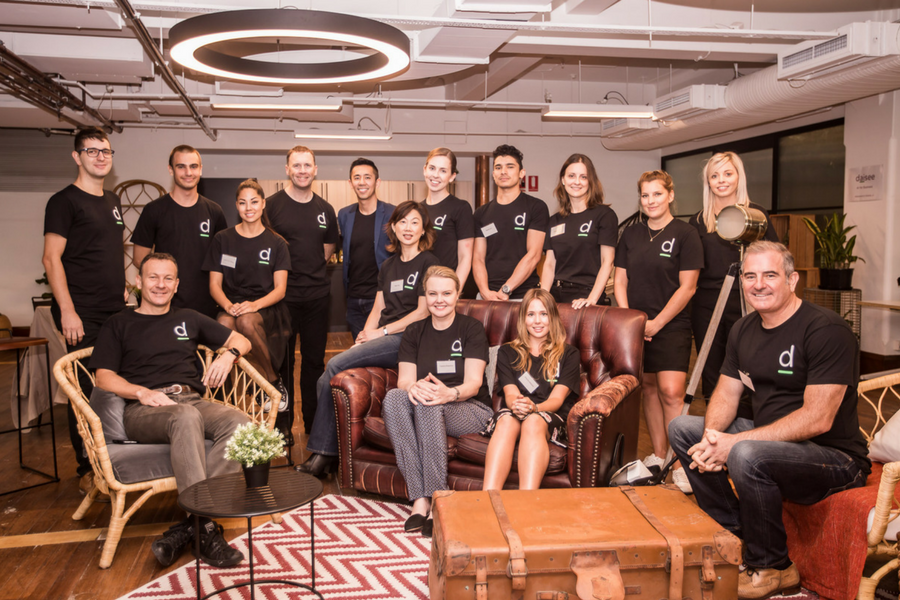
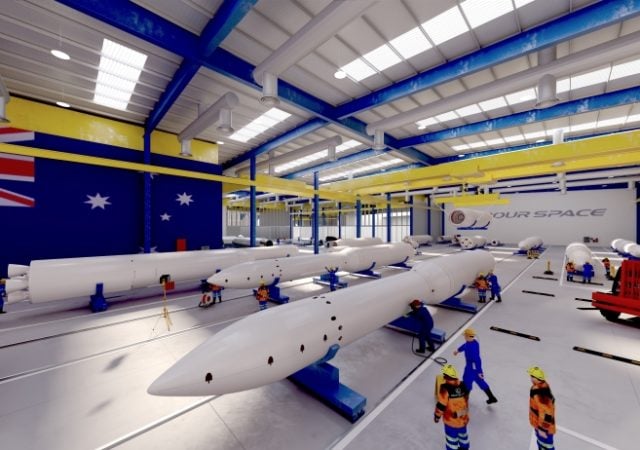

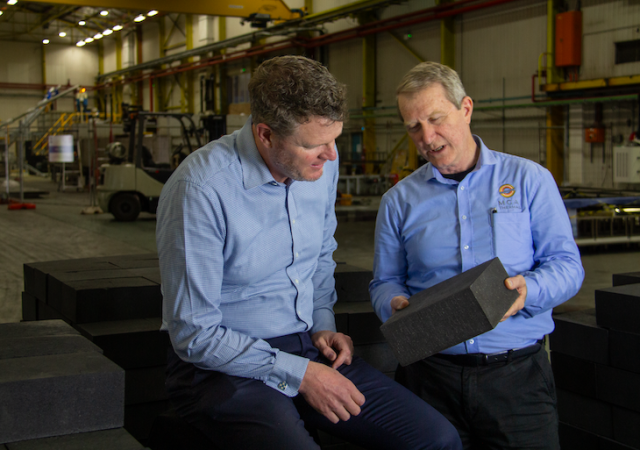


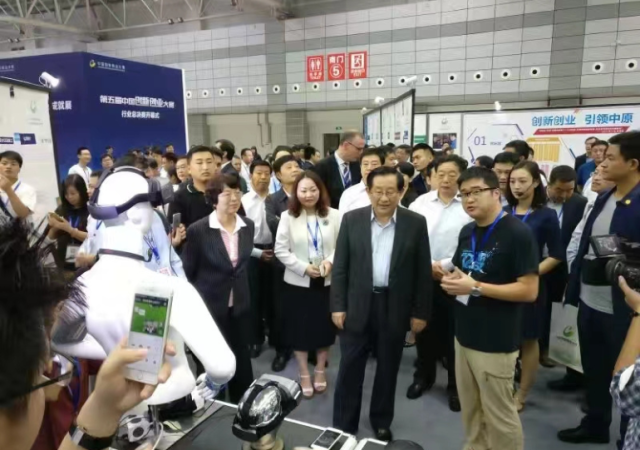
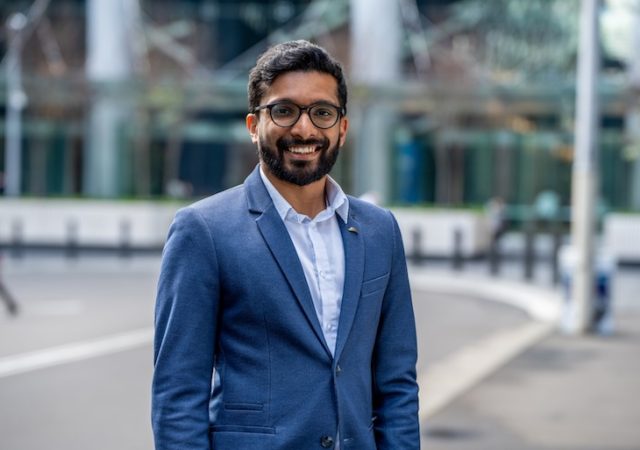
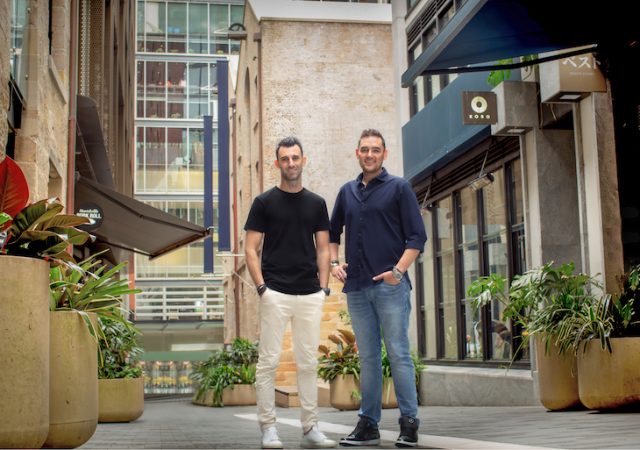
Trending
Daily startup news and insights, delivered to your inbox.